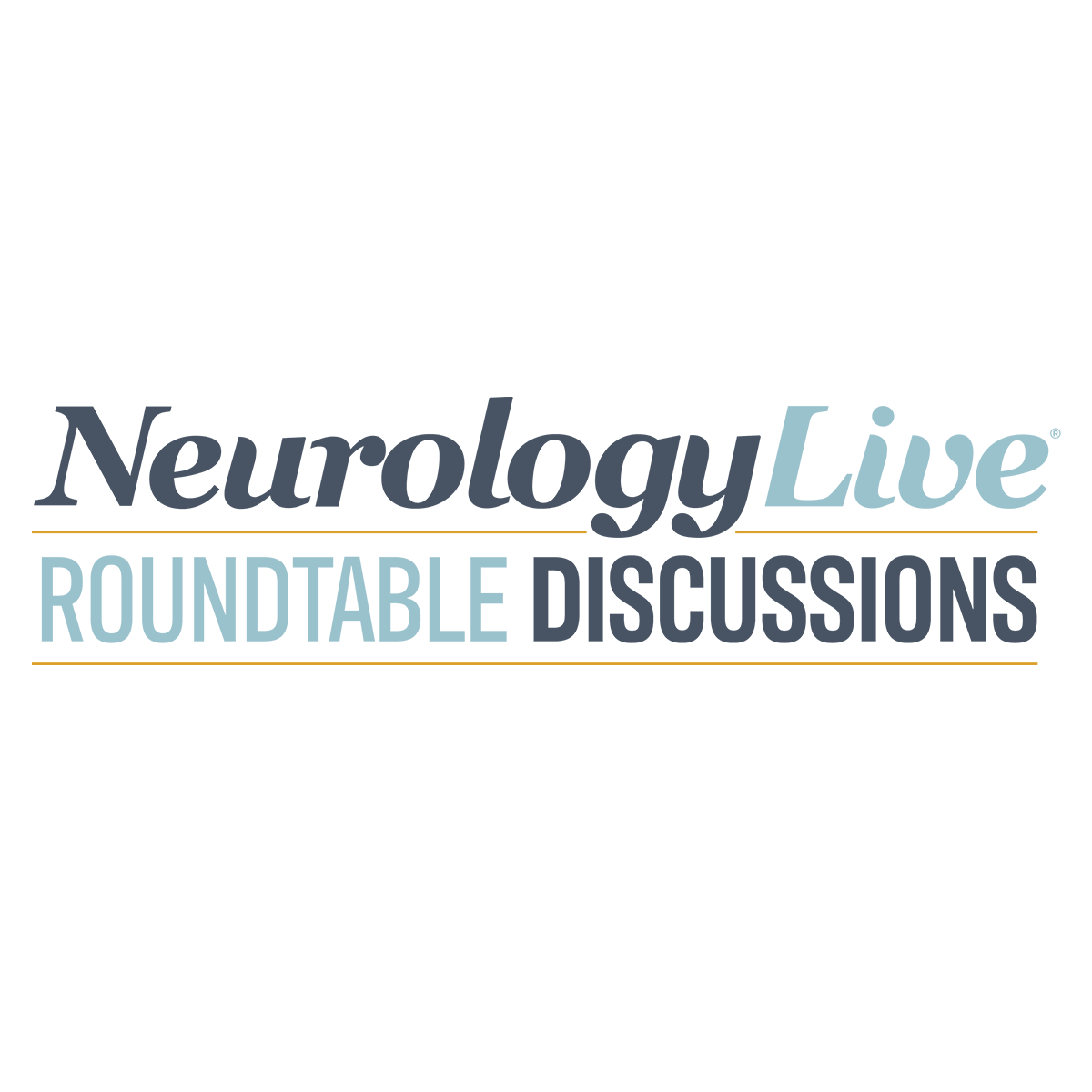
Need for Improving Epidemiologic Triggers of Rare Neuroimmune Disorders

Benjamin Greenberg, MD; Douglas Kerr, MD; and Sanford Siegel provided perspectives on the gaps in the epidemiology and treatment paradigm for patients with rare neuroimmune disorders. [WATCH TIME: 3 minutes]
WATCH TIME: 3 minutes
Rare neuroimmune disorders are immune-mediated disorders of the central nervous system in which cells become “confused” and mistakenly attack an organ within a person. Patients may have acute flaccid myelitis (AFM) or transverse myelitis (TM) when the spinal cord is affected or optic neuritis when the optic nerve is impacted. In acute disseminated encephalomyelitis (ADEM), MOG antibody disease (MOGAD), and neuromyelitis optica spectrum disorder (NMOSD), there are various patterns of organ involvement, and in some disorders there is the potential for recurrent events.
Over the years, the detection of these disorders, and the way they are treated, has improved significantly. For years, neuromyelitis optica was thought to be a variant of multiple sclerosis (MS), but in 2004, a circulating immunoglobulin autoantibody was reported in patients with neuromyeltis optica that was absent in those with MS. Within a year, the astrocyte water channel protein aquaporin-4 was identified as its target, leading to several advanced therapeutics more than a decade later.
In collaboration with the Siegel Rare Neuroimmune Association, NeurologyLive® hosted a Roundtable Discussion focusing in on the major advances since the organization’s birth, nearly 30 years ago. The panel included Sanford Siegel, current president of SRNA, Benjamin Greenberg, MD, vice chair of clinical & translational research at UT Southwestern Medical Center, and Douglas Kerr, MD, chief medical officer of GeneratioBio and a key figure in the establishment of the Johns Hopkins Transverse Myelitis Center, the only such specialized center in the world. In this episode, the group discussed aspects of rare neuroimmune disorders that still trouble clinicians, including the epidemiologic understanding of how these conditions arise.
Marco Meglio: We've discussed both the progress and the limitations in our understanding of these disorders over the past 20-25 years. What aspects of these disorders, whether epidemiologically or in terms of treatment, remain challenging for us to comprehend? Could you shed some light on the areas that need improvement?
Benjamin Greenberg, MD: I believe, for all of these conditions, including neuromyelitis optica, anti-MOG-associated disorder, and idiopathic myelitis, a significant challenge lies in identifying the ultimate triggering cause. Even when we know about the presence of autoantibodies, we still struggle to understand why these autoantibodies develop. Is it due to infection with molecular mimicry? Could diet play a role? What is the root cause? I think that when we conclusively determine the epidemiological triggers for these conditions, it will open up new scientific avenues. The field of neuromyelitis optica, for example, underwent a significant transformation overnight once we understood the autoantibody and its target antigen. So, uncovering these triggers would be a major advancement.
Douglas Kerr, MD: This is indeed a complex challenge because, by the time we encounter these patients, the initial trigger event has often passed, like a hit and run incident. We have limited evidence of what that triggering event might have been three weeks prior. The true connection lies in understanding how that infection, for instance, links to the genetic predisposition for an autoimmune response. It's a combination of genetics that make individuals susceptible to factors like molecular mimicry or superantigens. Discovering and understanding this complex interplay between genetics and triggering events is essential. However, given the rarity of these conditions, it becomes challenging to conduct comprehensive epidemiological studies. Ideally, we would need extensive studies involving blood samples and clinical data collected from individuals over time, which is a formidable task.
Newsletter
Keep your finger on the pulse of neurology—subscribe to NeurologyLive for expert interviews, new data, and breakthrough treatment updates.

























